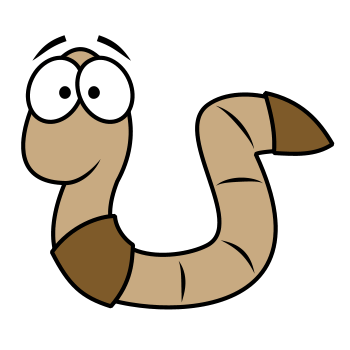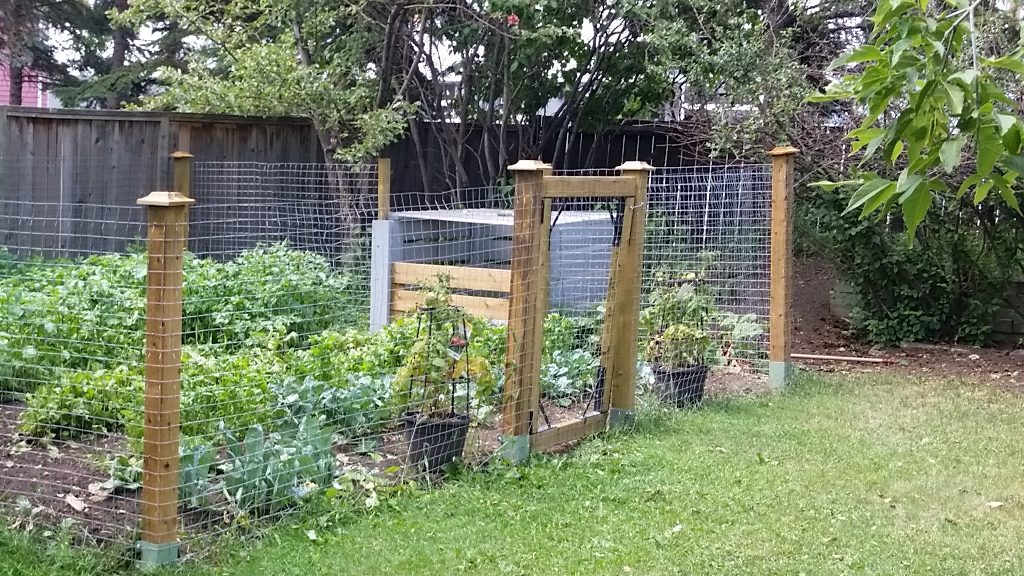Bokashi Vermicomposting – Feeding Bokashi to the Worms

Using Bokashi worm food.
Using Bokashi worm food. In northern climates, a lot of the active composting occurs in the summer months, with only the die-hards continuing to add to the piles through the winter. As a result, many cities and municipalities are now offering year round community composting programs, much like the curbside garbage and recycling collection. Which is an amazing step forward, in my opinion.

With curbside compost collection not an option however, and limited space. Vermicomposting has been our method of choice for composting much of the house hold organic waste. One shortfall of composting with worms is that worms don’t “eat” everything.

The intention here is to send the food scraps the worms won’t eat on their own through the Bokashi process, and then feed the finished Bokashi to 1 dedicated worm bin. 1 worm bin will be for this experiment because the pH (acidity) is different in Bokashi than in vermicomposting. The Bokashi vermicomposting worms may be a little more sour than the others. Sorry for the pun… Also, as a safety precaution to protect the rest of the clew. There was a tragedy in 2011/2012 where I combined an ailing bin to a good bin and…well we don’t want to repeat that, let’s just say. These worms are like “Pioneer Worms”.
“Renovating” the worm home at my kids Montessori school over the Christmas holiday, left me with a small worm bin. One tidbit I picked up in my research was to start small. Therefore, this is perfect to start changing the pH of the clew, and to start small. . I will move them into a larger bin as they need the room.

Visit www.eatmyshrubs.com/bokashi-vermicomposting to see how to incorporate these two very different forms of small space composting into one. The result will be the most nutrient dense soil food I can possibly create. The challenge will be to control the moisture and pH.